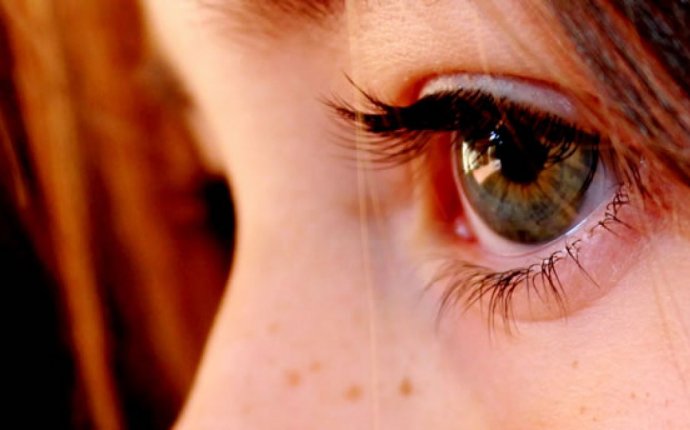
Childhood Psychiatric Disorders
Adolescent psychotic experiences (PEs) are common, and are associated with both psychotic and non-psychotic illnesses. In order to examine psychopathological and cognitive antecedents of adolescent PEs, we have conducted a longitudinal study of common childhood psychiatric disorders and subsequent adolescent PEs in the population-based prospective ALSPAC birth cohort.
Method
Depression, anxiety, attention deficit hyperactivity disorder, oppositional defiant or conduct disorder, and pervasive developmental disorder were diagnosed according to DSM-IV criteria in 8253 participants at age 8 years. IQ was assessed by WISC-III also at 8 years. PEs, depressive and anxiety symptoms were assessed at 13 years. Logistic regression calculated odds ratio (OR) for PEs at 13 years associated with psychiatric disorders at 8 years. Linear regression calculated mean difference in IQ between groups with and without psychiatric disorder. Mediating effects of IQ, mood and anxiety symptoms on the psychiatric disorder-PEs relationship were examined.
Results
In total, 599 children were assessed to have a DSM-IV psychiatric disorder at 8 years (7.2%). These children compared with those without any psychiatric disorder performed worse on all measures of IQ; adjusted mean difference in total IQ − 6.17 (95% CI, − 7.86, − 4.48). Childhood psychiatric disorders were associated with PEs subsequently in adolescence; adjusted OR 1.96 (95% CI, 1.47–2.68). The association between psychiatric disorder and subsequent PEs was partly mediated by, independently, IQ deficit at 8 years and depressive and anxiety symptoms at 13 years.
Conclusions
The findings indicate that adolescent PEs are associated with general cognitive ability and past and present psychopathological factors.









